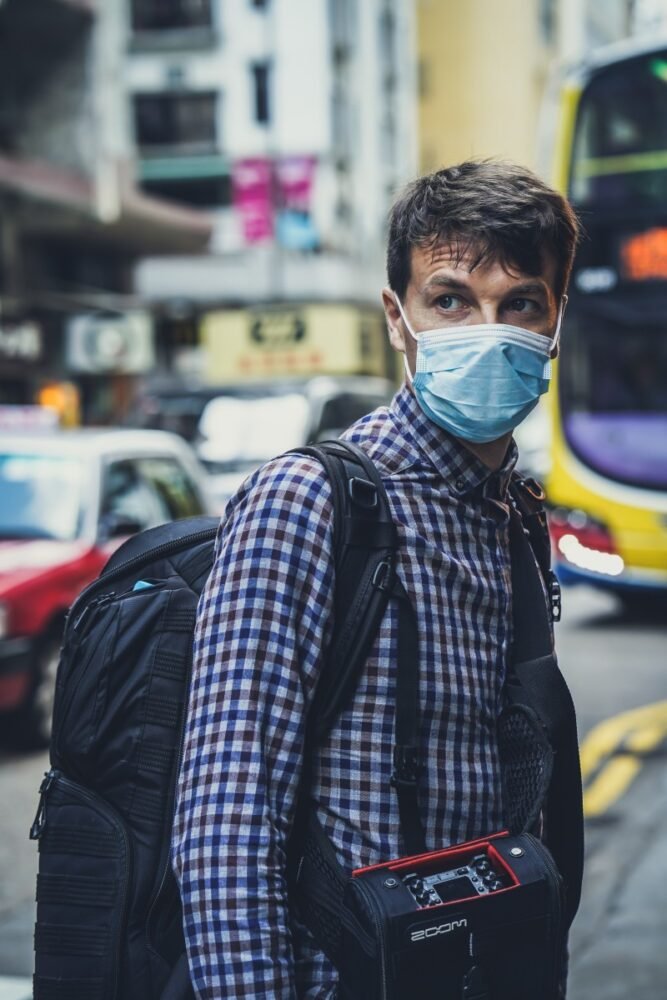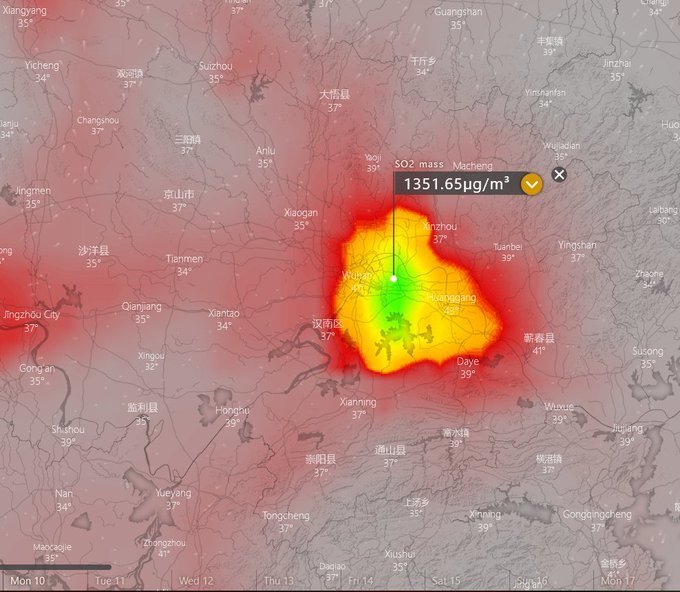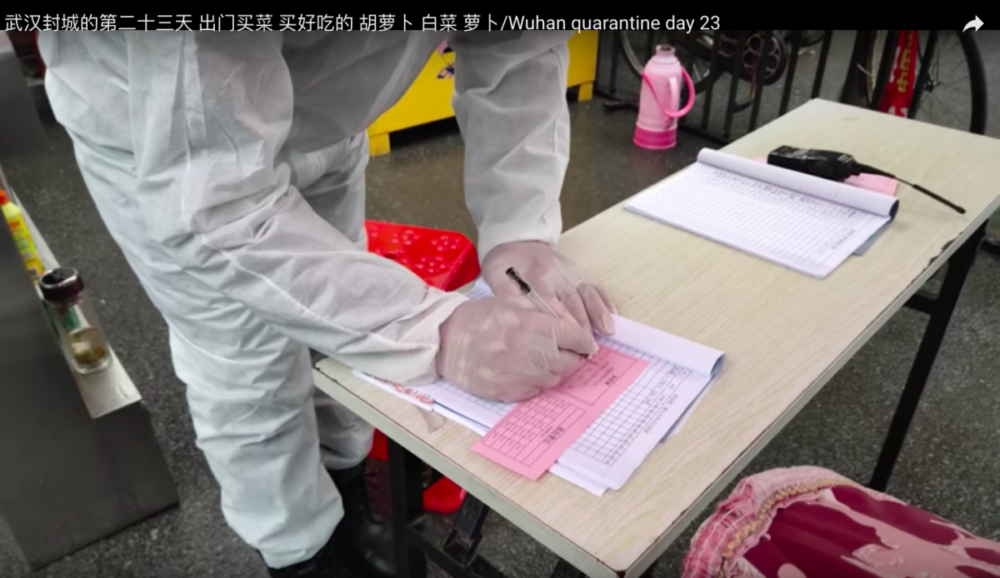Coronavirus: Deflecting the truth or power over lives?

There are conflicting reports about the situation in Wuhan. How much of what we are being told is true and how does the official report stack up against what is being said on the ground. Our reporter in Taiwan gives us the details.
Covid-19 disease, known as 2019-nCoV, has grown to be a global public health emergency since December 2019, when cases were first detected in Wuhan, China. With this emergency, correct statistics would definitely help to establish practical and also valuable references for other countries.
Well, how is Chinese government doing so far? Let’s start with the audio interview which was conducted by Editor in Chief of JAMA, Dr. Howard Bauchner, talking with China CDC Chief Epidemiologist, Zunyou Wu.
According to the interview, each day by midnight, data is downloaded from the Chinese National Reporting System where cases were reported, then analysed and a report sent to the Chinese National Health Commission. Among the figures, people with symptoms, yet not having had diagnostic testing, are reported as suspected cases. There have been 76,392 confirmed cases, 5,365 suspected cases and 2,348 deaths officially released on China CDC.
First, we should believe those figures are much more, even though they are confronting the shortage of capacity to deal with massive diagnostic testing. However, the Diamond Princess cruise ship docked in the Yokohama harbour for quarantine procedures had 355 confirmed cases out of 3,711 passengers and crew members infected by 16 February. Even if we take into account the circumstances of those on board the cruise ship, according to that infection rate, which is nearly 10%, it would be hard to believe that there are just 76,000 confirmed cases in China. Wuhan is a city of 11 million people, so it is possible to believe that a total of 1 million people could be infected.
Today, the official death toll is only 2,348, however, there is a disclosure telling us a different story. On 4 February, an undercover investigator from The Epoch Times phoned a crematorium in Wuhan and the conversation can indirectly prove that this figure is incredibly lower than the fact. The staff revealed they are dealing with 4 to 5 times as many bodies as usual per day, and the cremating procedure has been running around the clock since 29 December 2019. They urgently need additional manpower to manage such a heavy workload. Moreover, the staff revealed a shocking fact: that 61% of the dead died at home, whereas only 38% have died in hospital.
Another indirect piece of evidence is from windy.com, who, on 9 February, reported a massive release of sulfur dioxide gas (SO2) at 1351.65 ug/m3 from the outskirts of Wuhan. Sulfur dioxide gas is usually emitted from the burning of organic waste. While it may be from the result of the burning organic material such as municipal garbage, hospital debirs or animal carcases, a more morbid conclusion would be that of contaminated human waste being disposed of. Based on such a high level of SO2, we can calculate that it would take the burning of 14,000 bodies to reach this emission.

The Chinese authority is not telling the whole story, and they are taking a series of extreme actions to appear as things being well-controlled.
During the month since Covid-19’s outbreak, cities have been given power to ‘rule’ locals, approved by the Chinese authority, which is the situation taking across the country. Also, in Shenzhen and Guangzhou, private property and equipment is being legally requisitioned to try and put a curb on the spread.
Many locals from Wuhan, the epicentre of the outbreak, are uploading daily videos and revealing what’s going on in the city. In one video, a man living in Wuhan showed us the scene when he was going out to buy groceries. In his neighborhood, residents are allowed to go out once every three days. A man from the neighborhood association would write a ‘red sheet’ with a temperature check, which means each resident can leave the community only with that pass. The rules can vary from neighborhoods in different cities.

In that video, the man also said that buying medicine from a pharmacy is restricted to those only with real-name registration in Wuhan. On 12 February, pharmacies in Beijing were also notified by Beijing Medical Products Administration that the antipyretic and pectoral medicines cannot be sold without registering the customers’ names, addresses, ID card numbers and contact information, as well as the symptoms of users of the drugs purchased.
It is a concern that Covid-19 disease’s flu-like symptoms, such as fever, cough, difficulty breathing, pain in the muscles and tiredness, could be eased through antipyretic and pectoral medicine that people would take by themselves. With these kinds of mild illnesses, people are not willing to take a trip to hospital for treatment, which could lead to a high-risk of the virus spreading.
On 15 February, an order was announced in Beijing for returnees to China, requiring them to self-quarantine for 14-days or go to designated venues to quarantine before getting back to work. Even in Shanghai, no cars are allowed to enter this city, including ones originally from there as well as any making their way back.
People are being kept at home within their communities to prevent the spread of Covid-19, which is definitely important. Medical care for patients and developing Covid-19 vaccines should certainly be crucial, yet take a look at what the Chinese government has done so far, efforts at regulating citizens seem to be the top priority at the present time.
In the last article, I introduced the journalist, Qiushi Chen, who entered Wuhan a day before its lockdown. He has not been seen for two weeks. His mother said in a video that he has gone missing since the night of 7 February and was later been informed by the police that he had been ‘forcibly’ quarantined, which was alleged by Xiaodong Xu on YouTube. The other man, Fang Bin, who is a citizen from Wuhan, disclosed the actual situation in a hospital on 1 February. His account on YouTube has also gone silent for more than a week. More than 61,000 people aware of their difficulties signed the petition for “Save Independent Reporter CHEN Qiushi and Brave Wuhan Citizen FANG Bin”.
The Chinese government keeps making efforts to control their citizens by all means necessary, like wartime population control measures. Do we believe that they are taming the virus? This we do not know. But, we can be sure about this: they are trying best to control everything as opposed to working on saving lives.